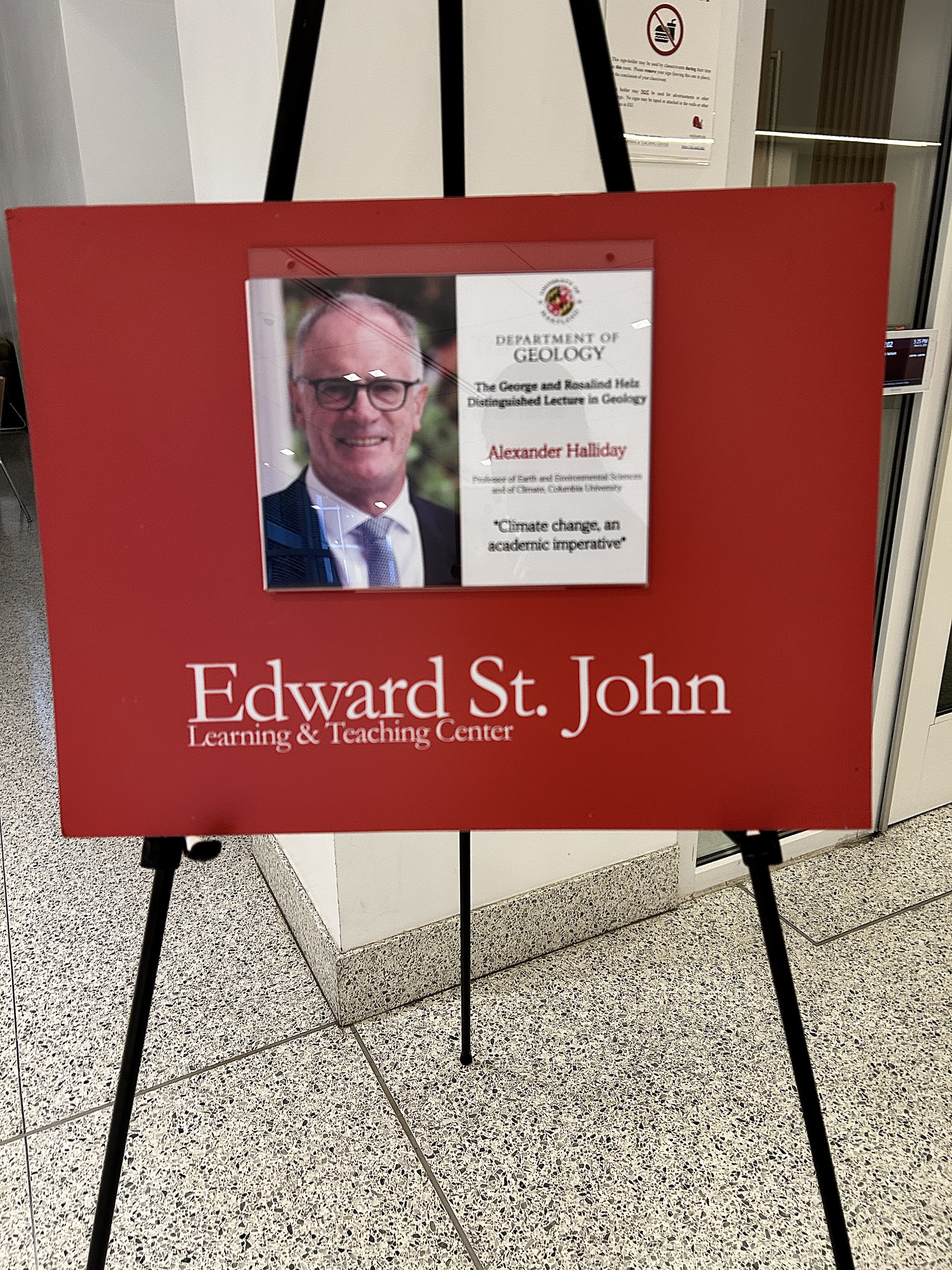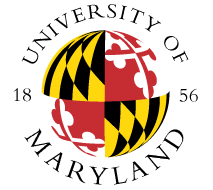Event name: Climate Change, An Academic Imperative
Event time and place: March 6, 2025 at UMD Edward St. John Learning & Teaching Center, College Park, MD
In his talk, Professor Halliday talked about the driving forces of climate change and the role universities have in helping future generations combat climate change. The beginning of the lecture focused on how Carbon Dioxide is the main driver of climate change. In the 18th century, atmospheric Carbon Dioxide spiked and has continued to increase. One of the major contributors to the carbon dioxide spike was a result of the Industrial Revolution. With the Industrial Revolution, fossil fuel carbons were heavily used and released into the atmosphere. This Fossil fuel carbon contributes to most of the Carbon Dioxide emissions rather than land-use changes such as deforestation. Professor Halliday also discussed the impacts and uncertainties that result from climate change. For example, the increasing ice velocity and decreasing elevation of ice sheets indicate melting. With this melting and faster ice velocity, ice sheet calving increases. Overall, regions will see changes in sea level, with most experiencing sea level rise and the equator region being the most impacted. To mitigate Carbon Dioxide emissions, Professor Halliday discusses various methods, such as decarbonizing air transportation, sustainable airline fuel, sustainable energy (where renewable energy is the main energy source instead of fossil fuels), greenhouse gas removal, and direct capture from the atmosphere.

Lecture entrance!
As the future needs more attention towards the climate, Professor Halliday discusses the role of universities and explains something he is working on at Columbia University, the Columbia Climate Task Force. This started in 2019 and has been growing intending to expand knowledge, train a workforce, and take action towards climate change. Within this program, there are three different frameworks that students can choose to focus on, Earth systems and sustainability (looking at what can be done in terms of direct solutions), Social systems and justice (looking at the social impact of climate change), and analytics for action (looking at national and global collaboration towards action). Educating university students about this can help the next generation make plans on how to combat climate change effectively.
Overall, I found this talk very interesting. The beginning of the talk was information I already knew from our colloquiums. It was interesting to see Professor Halliday talk about how we use the past and our knowledge of how carbon dioxide is emitted to find solutions. One of the main takeaways I got from this lecture was that when tackling the issue of climate change, we can’t just look at the environmental aspect. We need to also look at the social, economic, and global issues that arise due to climate change. This is because everything is intertwined, making it difficult to ignore one or the other. I found Professor Halliday’s main points convincing because this information matched what we learned in colloquiums and readings we have done. One of the things I realized is that although there may be differing opinions of what specific action should be taken, there is still an overall consensus on what aspects should be addressed when tackling the issue. This can help build a community towards addressing climate change and working towards a solution, which is the purpose of the Columbia Task Force. Perhaps, SGC is a way the University of Maryland informs the next generation and provides guidance toward making proper decisions to mitigate climate change. Overall, I found this lecture to be very informative, and interesting to see how universities can help play a role in the issue of climate change.


